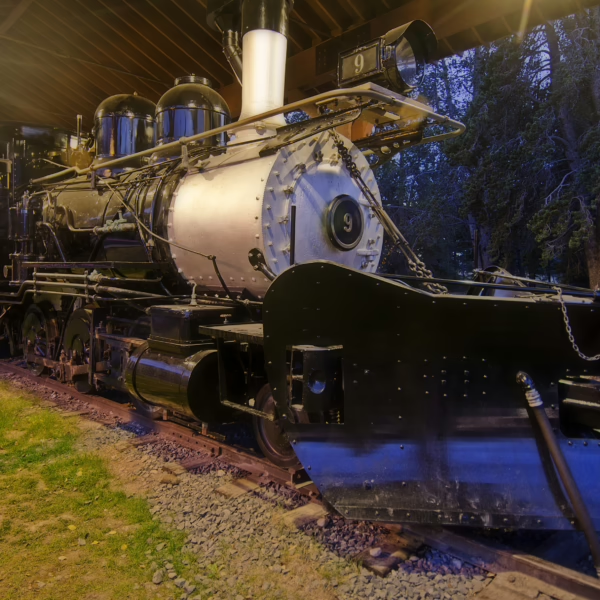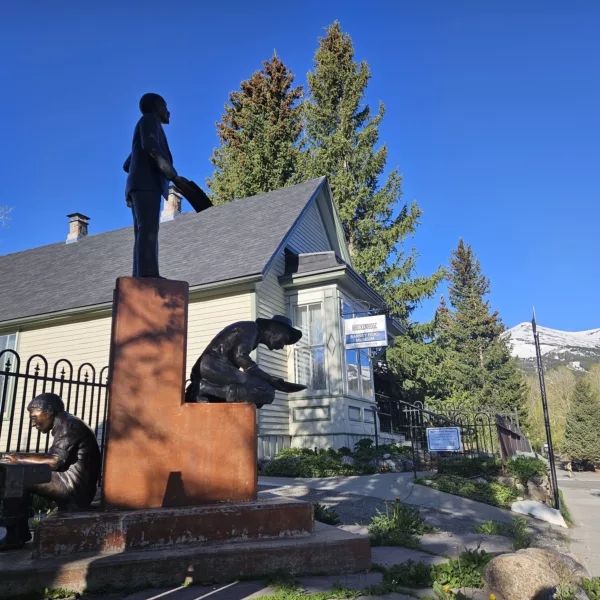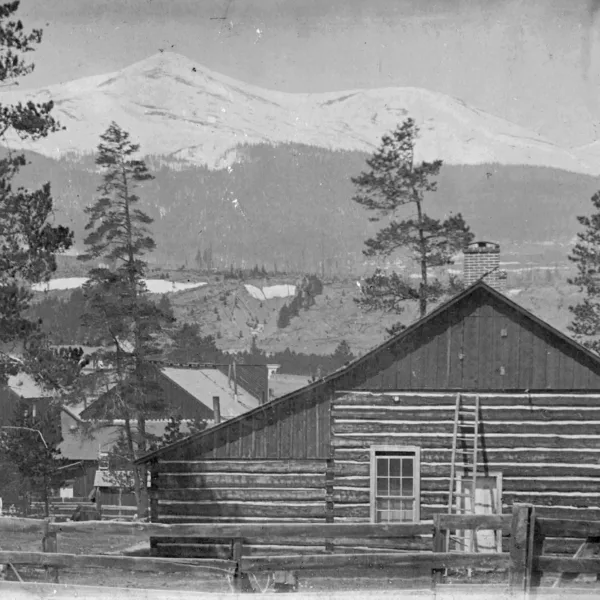El arte capilar victoriano y los macabros rituales de la muerte en los primeros tiempos de Breckenridge
28 de octubre de 2024 | Category: Nuestra historia colectiva
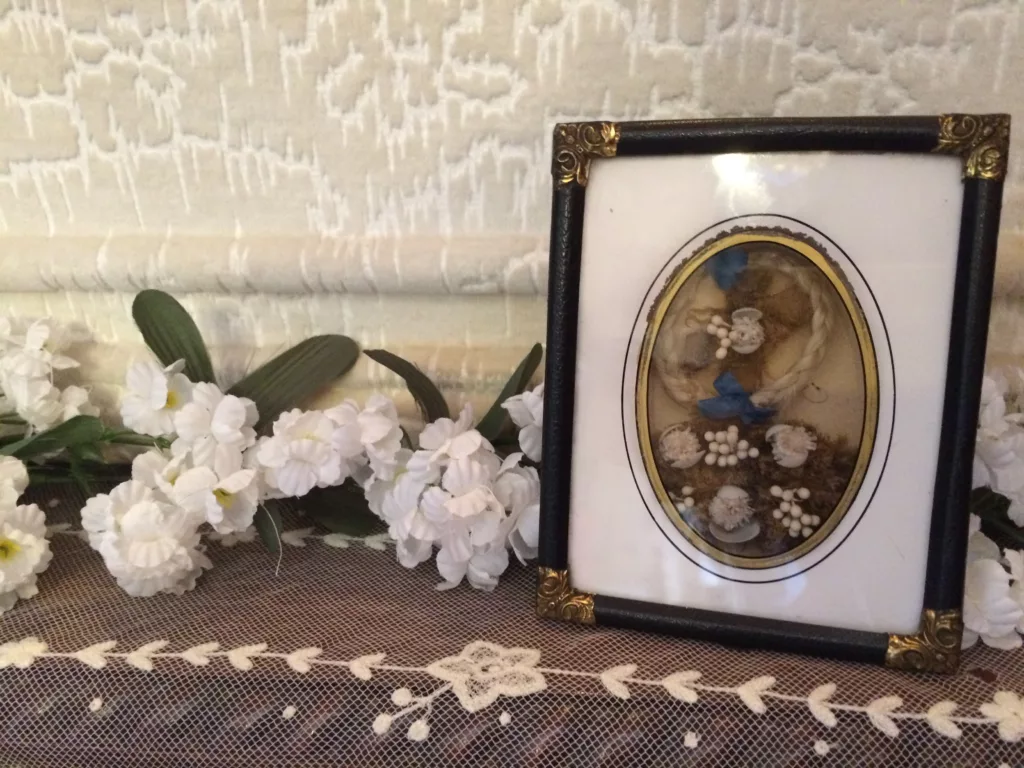
"El cabello es a la vez el más delicado y el último de nuestros materiales y nos sobrevive como el amor. Es tan ligero, tan suave, escapa tanto a la idea de la muerte, que, con un mechón de cabello perteneciente a un hijo o a un amigo, casi podemos mirar al cielo y comparar notas con la naturaleza angélica, casi podemos decir: tengo aquí un trozo de ti, no indigno de tu ser ahora."
-Gody's Ladies Book, 1850
Los macabros rituales de muerte y luto hechizaban a los primeros residentes de Breckenridge. Al igual que la arquitectura victoriana era el estilo en la época minera de Breckenridge, también lo eran las tradiciones y prácticas en torno a la muerte y la agonía que popularizó la reina Victoria tras la muerte de su amado príncipe Alberto.
La reina Victoria (n. 1819 - m. 1901 ) fue una fuerza tremenda en la cultura y el estilo popular de todo el mundo a finales del siglo XIX. Cuando su marido, el príncipe consorte Alberto, murió en 1861 a la relativamente joven edad de 42 años, Victoria entró en un período de luto patológicamente profundo del que nunca se recuperó.
Victoria inauguró una nueva era de "culto a los muertos", una fascinación por la muerte acompañada de la conciencia de que la muerte nos elude cada día que vivimos. Como resultado, el mundo se aficionó a los memento moriel recuerdo de los muertos. Aún hoy estamos influidos por el ejemplo de Victoria: Seguimos observando la etiqueta funeraria, vestimos de negro en los funerales y celebramos un "velatorio" cuando fallece un ser querido.
Sin embargo, Victoria llevó su duelo a un nuevo nivel de arte escénico. Y los habitantes de Breckenridge siguieron su ejemplo. En nuestro propio país, las víctimas masivas de la Guerra Civil aumentaron aún más el interés por la conmemoración.
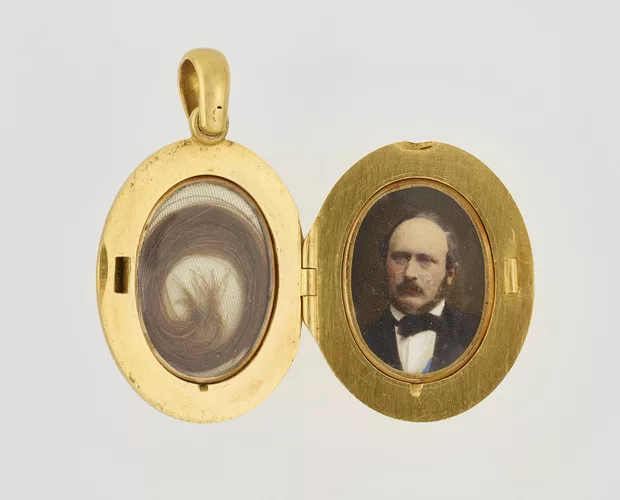
Una de las prácticas más extrañas, al menos para nuestra época, era la de hacer arte con el pelo de un ser querido fallecido. El cabello no se descompone como la carne y los huesos de los difuntos, lo que lo convierte en el vehículo perfecto para el recuerdo.
El arte capilar no solía ser realizado por artistas profesionales. Se consideraba una "actividad de señoras". Tampoco el arte capilar se hacía siempre a partir de los muertos. El pelo largo era de rigor para las mujeres de la época victoriana, y guardaban los mechones perdidos en un receptáculo para su uso futuro. Sin embargo, guardar mechones de los difuntos dio lugar a algunas de las obras de arte capilar más comunes y conmovedoras.
El arte capilar se crea mediante diversas técnicas: trenzado, macramé, moldeado y alambrado, o cortado en trozos y pegado como una pintura. La coloración se conseguía utilizando diferentes tonos de mechones, siendo muy apreciados los cabellos blancos. Aunque la colección de Breckenridge se compone de arte capilar montado en marcos fijados a la pared, el arte capilar puede adoptar muchas formas: pulseras, broches, pendientes, anillos, cadenas, collares, broches para chales, bolsos, marcadores de libros, estuches de lápices e incluso fustas.
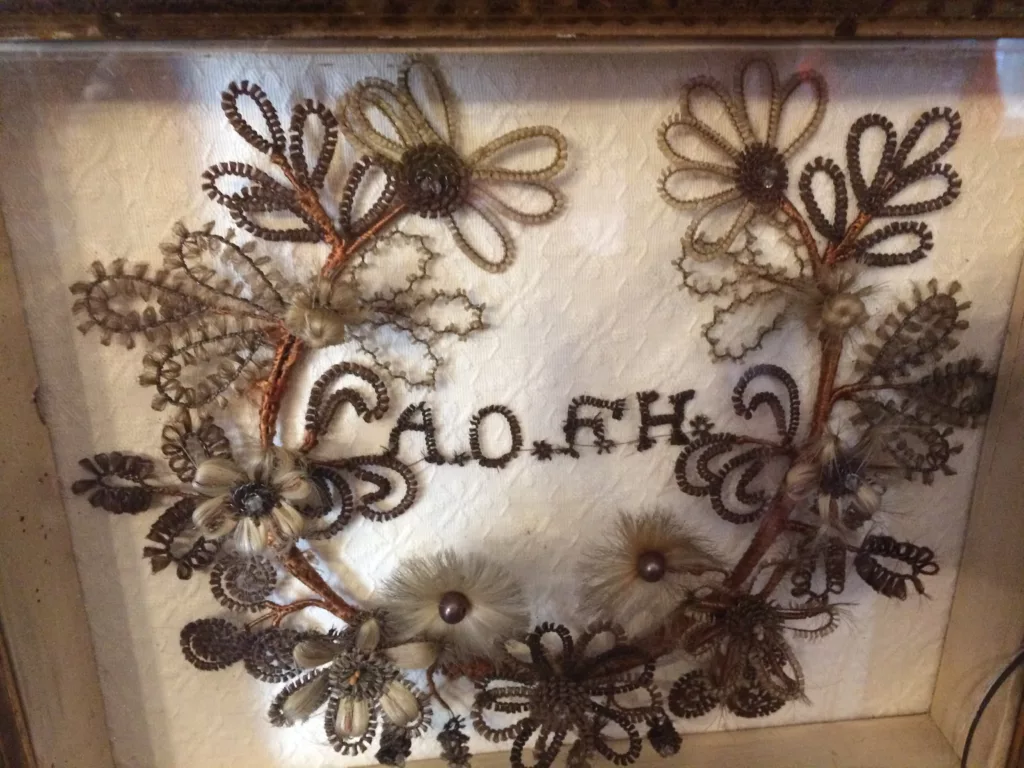 La notable colección de arte capilar victoriano de Breckenridge History incluye coronas, arreglos florales y miniaturas. Una pieza lleva iniciales; suponemos que conmemoran al difunto.
La notable colección de arte capilar victoriano de Breckenridge History incluye coronas, arreglos florales y miniaturas. Una pieza lleva iniciales; suponemos que conmemoran al difunto.
Puedes aprender a hacer tu propio hair art en este artículo y en este libro reproducido de 1867. Afortunadamente, las instrucciones incluyen indicaciones sobre cómo lavar y secar el pelo antes de convertirlo en arte. Lo más importante es secar el pelo lejos del fuego, por razones obvias. La mayor colección de arte capilar en los EE.UU. se encuentra en Independence, Missouri.
Otra tradición de la época victoriana que realmente salvaba vidas era la celebración de velatorios. Fijémonos, por ejemplo, en la muerte de la joven Ada Finding, que falleció dos veces. La primera vez fue el 19 de enero de 1888, justo después de comer. Afortunadamente, la familia celebró un velatorio, una práctica destinada a garantizar que el fallecido estaba realmente muerto y no sólo en coma. La pequeña Ada despertó de su muerte para alegría de su familia. La celebración duró poco, ya que Ada volvió a fallecer a la mañana siguiente, esta vez de verdad.
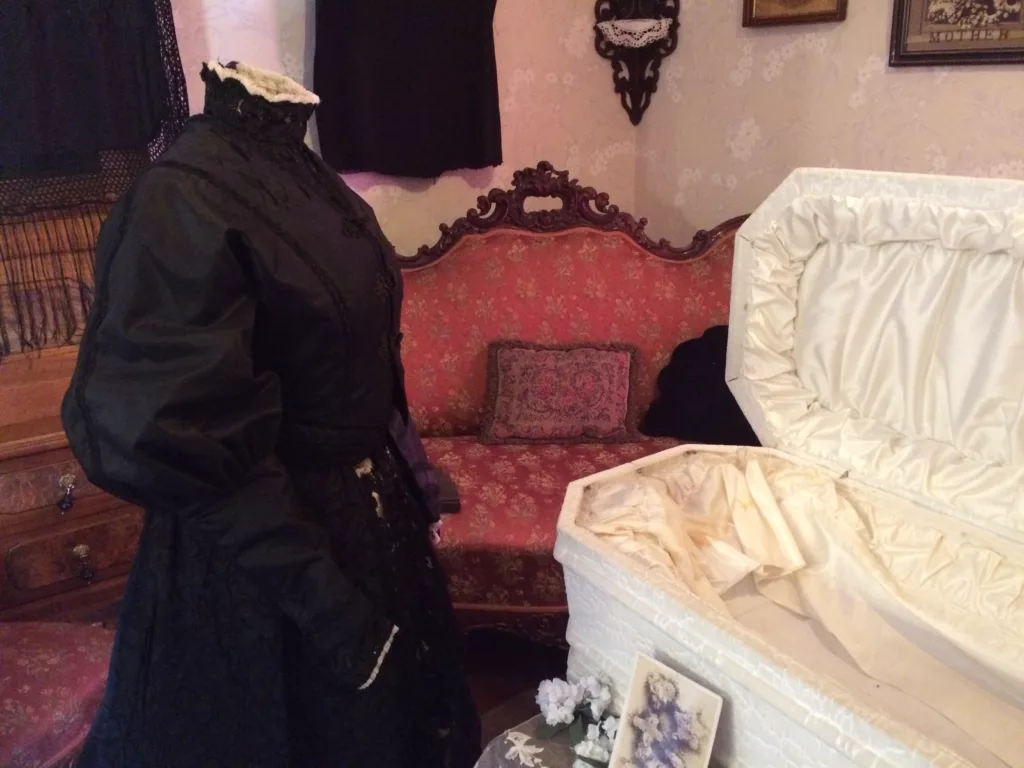 Otra herencia notable de la época de la reina Victoria es la estricta etiqueta. Había luto profundo y medio luto, normas sobre la ropa que se debía llevar, cómo entrar en una casa y qué tipo de papelería era apropiada.
Otra herencia notable de la época de la reina Victoria es la estricta etiqueta. Había luto profundo y medio luto, normas sobre la ropa que se debía llevar, cómo entrar en una casa y qué tipo de papelería era apropiada.
Participa en el recorrido Breckenridge History's Tombstone Tales Tour para aprender más sobre todas estas costumbres.

